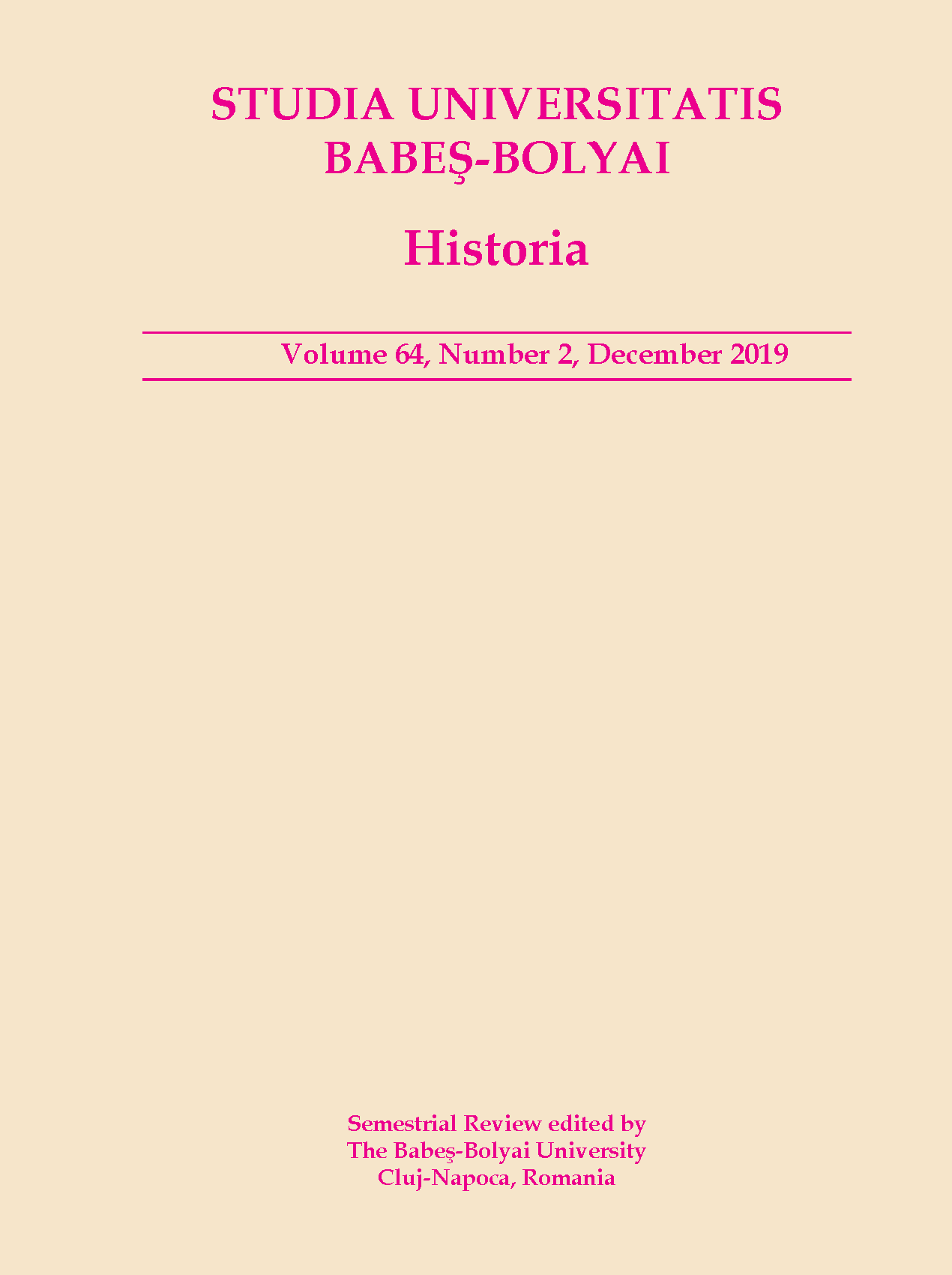BOOK REVIEW: Ioan Bolovan, Luminiţa Dumănescu (eds.), “Intermarriage in Transylvania, 1895-2010”, Frankfurt am Main: Peter Lang, 2017
Abstract
One cannot deny that globalization is one of the main characteristics of the world, at least beginning with the first Industrial Revolution. One of its consequences is the increasing number of mixed marriages or intermarriages, as the Industrial Revolution(s) facilitated the mobility of objects, ideas and people across the globe. The decision of entering such a marriage involves many difficulties from a psychological, social, linguistic and even from a political-national perspective. How would I be perceived by my family and social group when deciding to marry a spouse of different ethnicity, religion/denomination or/and socio-economic status? What language will we use to communicate? What will be the identity of our children? are some of the questions that appear when deciding to live your life along with a person of a different background. Many studies focus on these difficulties as they were felt by different social categories, usually immigrants. But how about the individuals from groups that are different in what concerns ethnicity or religion, but coexisted in the same place for many centuries? The book edited by Ioan Bolovan and Luminiţa Dumănescu, Intermarriage in Transylvania, 1895-2010 tries to answer this question comprehensively, focusing on probably one of the best case-studies in Europe (i.e. Transylvania) and approaching the complexity of the intermarriages phenomenon from various angles.Downloads
Published
2019-12-30
How to Cite
LUTZ, D. G. (2019). BOOK REVIEW: Ioan Bolovan, Luminiţa Dumănescu (eds.), “Intermarriage in Transylvania, 1895-2010”, Frankfurt am Main: Peter Lang, 2017. Studia Universitatis Babeș-Bolyai Historia, 64(2), 121–124. Retrieved from http://193.231.18.162/index.php/subbhistoria/article/view/1805
Issue
Section
Book Reviews
License
Copyright (c) 2019 Studia Universitatis Babeș-Bolyai Historia

This work is licensed under a Creative Commons Attribution-NonCommercial-NoDerivatives 4.0 International License.






